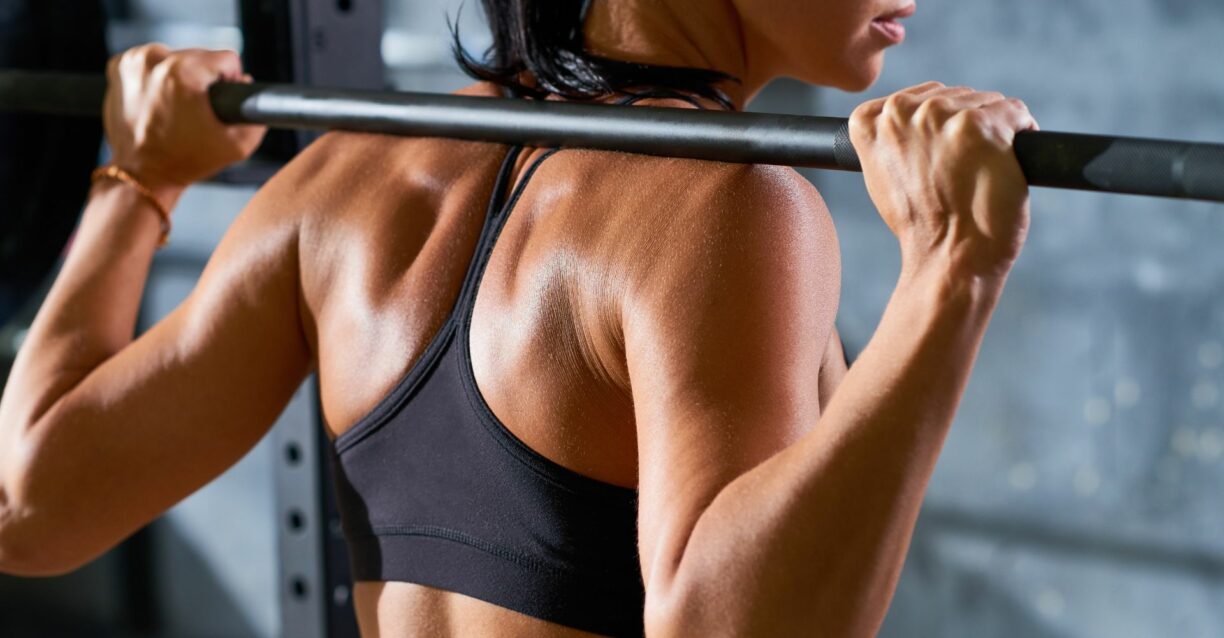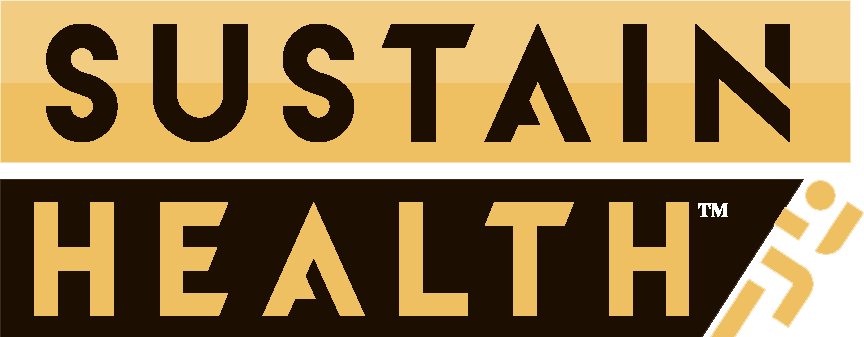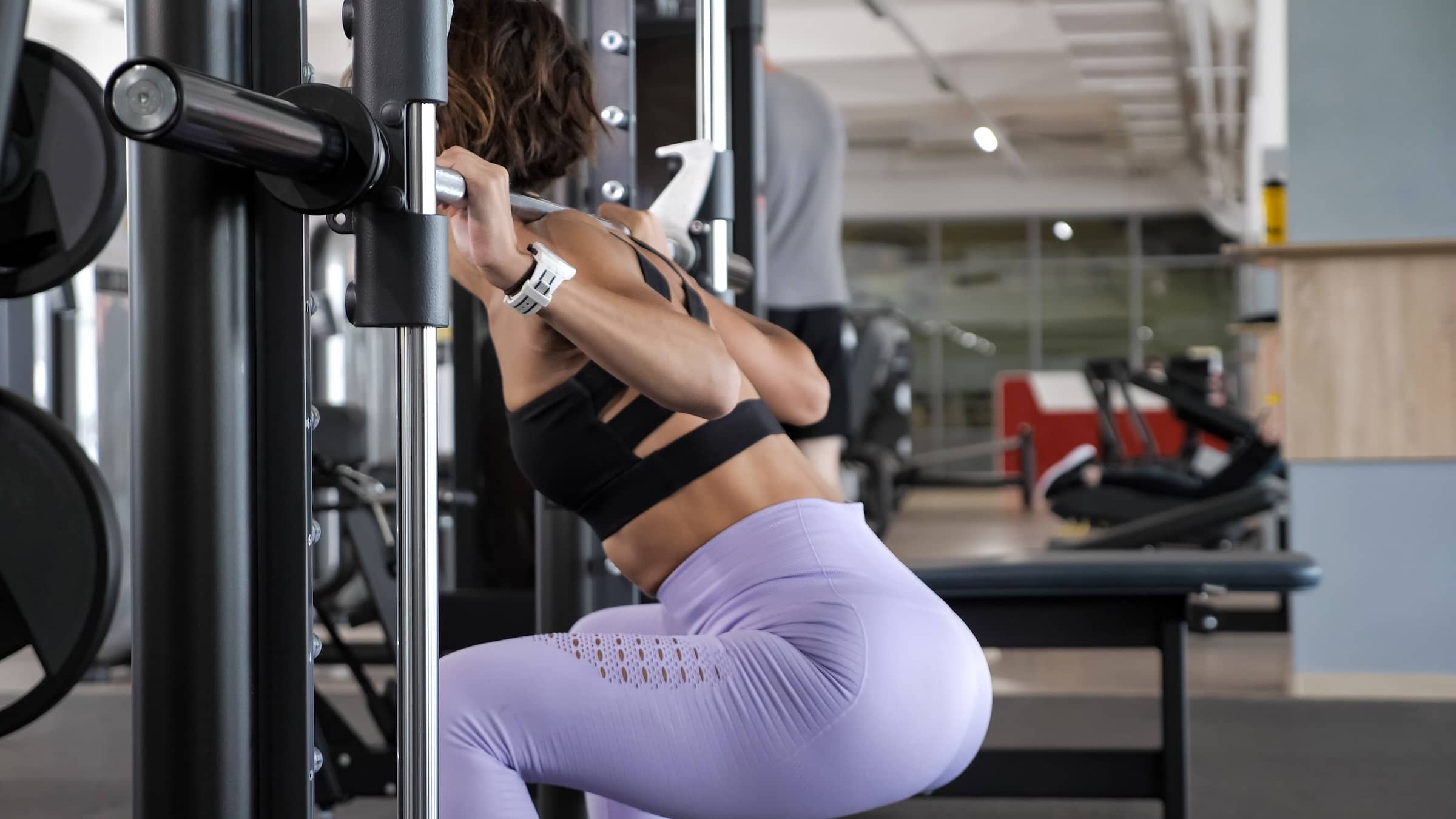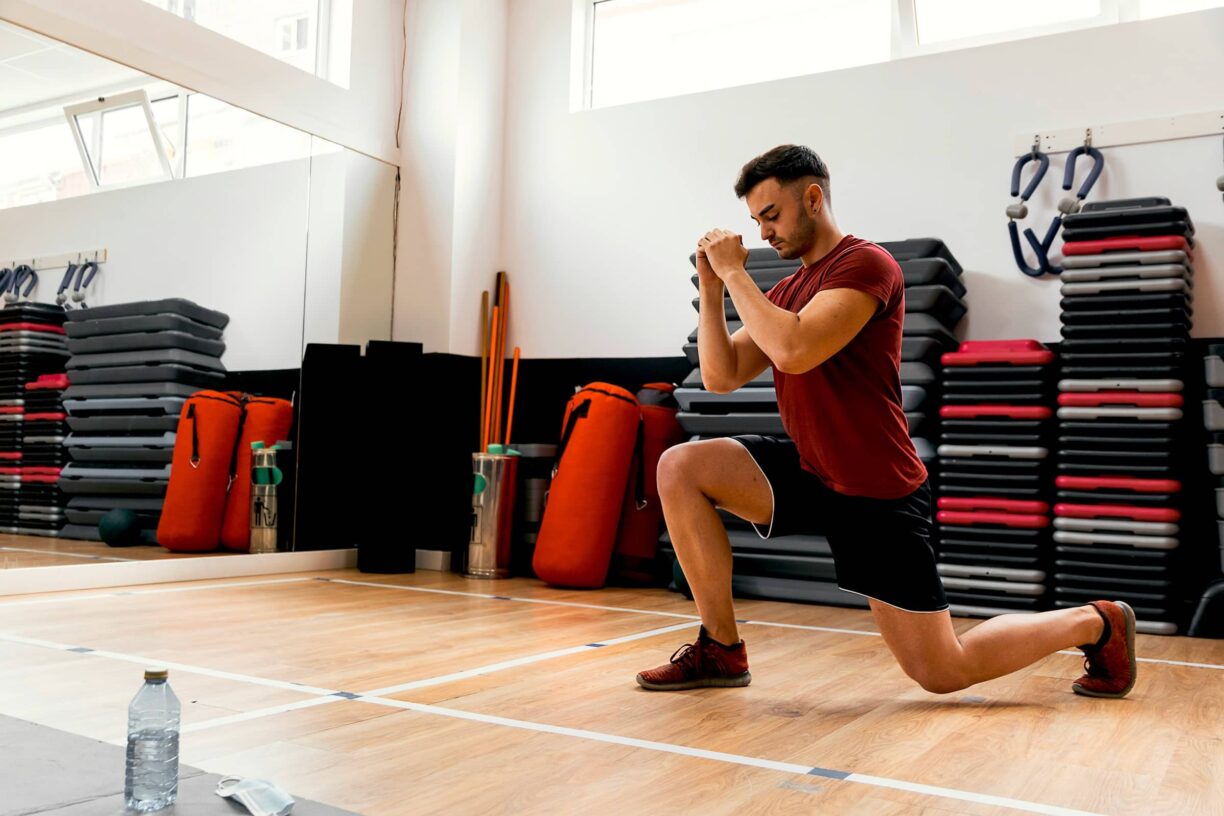Powerlifting with a gym rack isn’t merely a catchy phrase—it’s the heartbeat of strength training. Whether you’re a seasoned pro pushing through gruelling squats or a newcomer stepping up to that intimidating barbell for the first time, you’ll find that the gym rack quietly holds it all together.
Solid, reliable, and virtually unshakeable, a good gym rack is both your fortress of solitude and your launchpad to new personal bests.
Building Strength with Purpose

Let’s be honest: raw effort counts for a lot, but mindless heaving is a sure route to nowhere. Powerlifting is about laser-focused practice in the three lifts that matter most: the squat, bench press, and deadlift.
While each exercise comes with its own brand of agony (and ecstasy), having a robust gym rack in your corner grants an extra layer of safety and stability.
It keeps you from worrying about barbell mishaps, so you can channel every last ounce of energy into perfecting your form.
The Rack as Your Training Foundation
Racks do more than just hold a barbell at the right height—they function as command central for your lifts.
By adjusting bar levels, you can prime your setup for squats, bench presses, and even partial pulls. This flexibility enables you to target multiple muscle groups at once, so each sweat-soaked session dials up the full-body strength you’re after.
It’s like having a dependable caddie who knows precisely where to place your ball—except here, the swing is a whole-body affair and the scoreboard is all about load capacity.
Mastering the Squat in a Rack
Speak with any seasoned lifter about the squat, and you’ll notice a blend of admiration and a touch of apprehension in their eyes.
The squat isn’t just an exercise—it’s a ritual that demands attention to every detail, from the careful placement of your feet to the steadfast bracing of your core before you lower yourself into the movement.
A dependable gym rack sets you up with a rock-solid stance every time, so you can leave behind any awkward tiptoeing or frantic search for that perfect bar position.
Once you’ve got your bearings, stay focused on controlled depth, a stable core, and an explosive drive back up. Rinse, repeat, and watch your quads, glutes, and hamstrings turn into steel cables.
Bench Press: An Upper-Body Stronghold
If the squat is the undisputed king of lower-body training, then the bench press is the showstopper for your upper body.
It’s the lift that forges real strength in your chest, shoulders, and triceps—and let’s be honest, it’s the one move that practically calls your name the moment you step into the gym.
Getting the bar lined up on the rack might seem like a minor detail, but it’s really the secret to a safe and effective press. Set yourself up with a gentle arch in your back, keep your shoulders snugly in place, and engage your lats—small tweaks that make all the difference.
Keep your grip firm—though not white-knuckled—and lower the bar in a controlled motion. Go for smooth reps, and keep an eye on your bar path: the more consistent it is, the more you’ll develop that enviable upper-body power.
Deadlift Variations Using a Rack
It’s easy to think the deadlift starts and ends on the ground. But in the realm of Powerlifting With a Gym Rack, you’ll find nifty variations like rack pulls to work specific segments of the lift.
When you adjust the pin heights, you’re not just fine-tuning your range of motion—you’re also zeroing in on those stubborn muscle groups that often need a little extra attention.
Proper hip drive, a tight core, and an unwavering bar path remain essential. Master these mini-deadlift sessions, and your full pull from the floor will feel far less intimidating.
Harnessing the Power of Partial Reps
Partial reps can sound a bit like cheating—until you try them. Limiting your range of motion in squats, presses, or deadlifts allows you to handle heavier loads for shorter distances.
Over time, this method chips away at weaknesses, helping you get comfortable with the sensation of serious weight. When you return to your full range, your body is better primed to handle it.
Paused Repetitions for Bigger Gains
Paused reps are the weightlifter’s version of pressing the brakes mid-climb. By holding your position at the bottom of a squat or during the eccentric phase of a bench press, you force your muscles to spring into action without any momentum on your side.
Imagine being caught in a sand trap with just one shot to break free—you quickly learn to summon explosive power from a complete standstill.
This technique not only boosts your confidence and control, but it also transforms your everyday reps into something remarkably dynamic.
Staying Safe and Avoiding Injuries
Grinding it out under a loaded bar can feel heroic, but there’s no point in a PR if you’re sidelined the next day.
A proper warm-up, some dynamic mobility work, and a quick stretching session afterwards will keep your joints happy.
Meanwhile, using safety pins on the rack ensures that if you do miss a rep, your biggest worry will be your ego, not a crippling injury.
Programming for Peak Performance
Eager to get stronger every week? The secret lies in progressive overload. Slowly ramp up the weight or mix up your rep schemes so your muscles never get too comfortable.
That might mean adding an extra set, changing your lifting pace, or even taking a lighter “deload” week when you need a breather. It’s all about keeping things fresh and pushing your body forward—without going too far, too fast.
Conclusion: Unleash Your True Strength
At the end of the day, strength isn’t built on wishful thinking—it’s the result of steady effort, smart technique, and a training plan that actually works.
Make the most of your gym rack—it’s there to keep you safe, support your lifts, and help you push past limits. Fine-tune your approach, stay consistent, and before you know it, powerlifting will feel like second nature.
After all, with the right plan and the right equipment, you’re setting the stage to demolish your old limits and live up to every ounce of potential you’ve got.





